What better way to learn about science and nature than to learn about clouds. Wispy, fluffy, and dark, clouds take many forms.
Children of all ages love learning about weather and clouds.
In this post I give you my best cloud resources and activities for kids!

This Post May Contain Affiliate Links. Please Read Our Disclosure Policy.
Jump to:
Science Skills and Concepts
When learning about science it is important to not only gain science knowledge, but practice science skills.
These worksheets and activities do both. Learn about clouds in a fun way while:
- Sorting and Classifying
- Making Observations
- Writing Creatively
- Summarizing
Directions for how to access the free printable pack can be found at the bottom of this post!

Understanding all of the different types of clouds can be a little confusing, if I'm being perfectly honest.
I absolutely love clouds, but all of the fancy scientific terms that scientists use to describe them can make learning about them very confusing for a young child.
Simple and Easy Science Lessons
All of these activities keep it simple and easy. Depending on the age and interest level of your child you can modify the activities up or down.
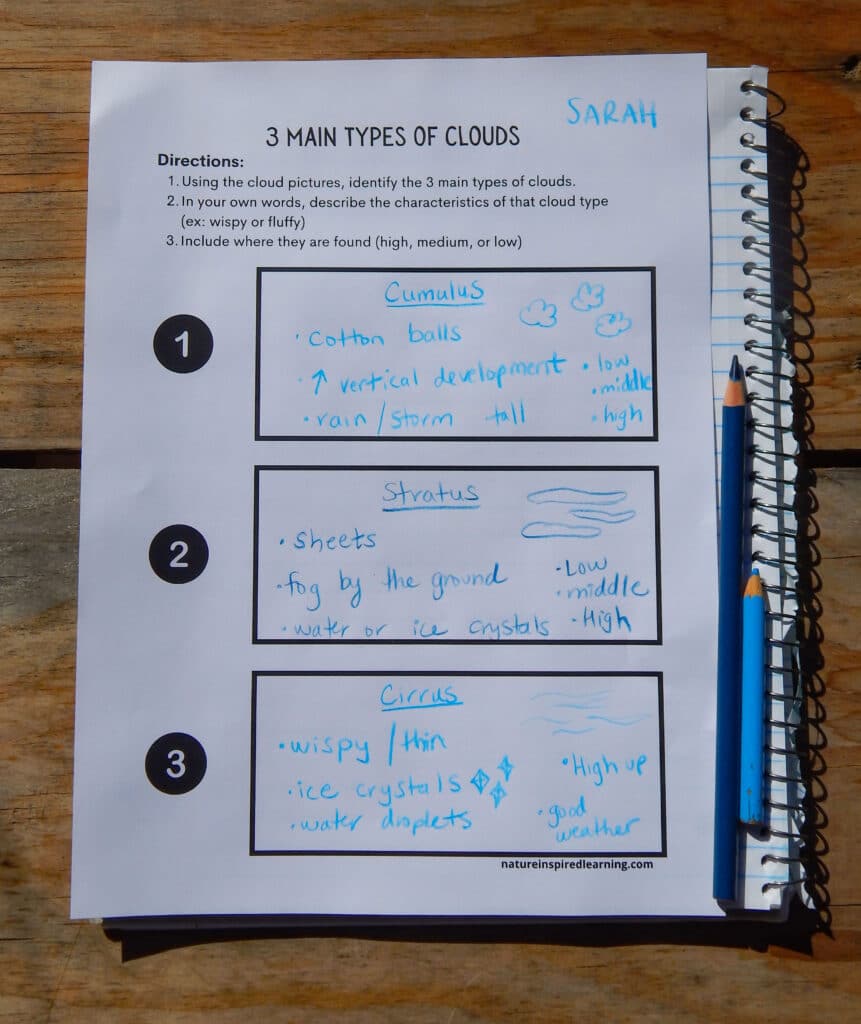
Pair these with weather lessons, a water cycle printable, weather worksheets, or even a weather unit.
Or simply use each as a stand alone activity to foster their natural curiosity to learn about weather and clouds.
Using Cloud Charts and Resources
If your child is really into learning about clouds, I recommend using a guide book or pamphlet that shows real images of clouds along with a cloud identification charts.
Within the downloadable cloud types bundle, I include a chart that you can use for reference when teaching clouds to your kids.
Directions for how to access the free printable PDF downloads of the printables and worksheets can be found at the bottom of this post.
Keep a Cloud Journal
The best way to get young learners interested in learning about clouds is to head outside and observe clouds. Keeping a cloud journal is fun for kids of all ages and abilities.
Related Post: Nature Journaling with Kids a guide to get you started!

Simply use a blank spiral bound notebook to create a journal. If you would like to make one using printer paper and ribbon, I included a free downloadable template below.
Observe the clouds each day or multiple times a day. Kids of all ages will enjoy drawing illustrations of the clouds they see outside.
Then add a few descriptive words to go along with the illustration. Young learners can practice writing the word cloud, sun, or rain to go along with their drawings.
Bring along the watercolor paints or colored pencils to add details to the sketches. Simple and easy, yet fun and engaging.
I picked up this blank drawing pad along with this watercolor paint set.
If older learners are ready to start adding the names to the clouds, have them use a guide to label the different types of clouds.

Make a Digital Cloud Journal
Another way to keep a cloud journal is to have your child take photographs of the clouds they see outside. Then turn the cloud photos into a digital journal complete with text.

There are endless programs available online for kids to use including Google Slides or Prezi. If they are really into clouds they could record video to add to a digital journal.
Once the journal is complete, kids can practice presenting their digital journals in small groups as a way to practice public speaking.
Cloud Sorting Activity
This type of activity is one of my favorite ways to introduce a new topic or unit. It is best to do this activity before your kids have learned about the different cloud types.

Making Observations vs Using Cloud Names
Young learners will sort and classify pictures of clouds into groups. Instead of sorting by basic type of cloud or specific cloud names, kids will create their own classification system.

In other words, children will sort by characteristics that they observe in the photographs.
For example, one group can contain clouds that are near the ground. Another for clouds that are wispy. And a third for ones that look like fluffy cotton balls.
If kids think they know the kind of weather associated with the clouds shown in the picture they could make a category for storm clouds or fair weather clouds.

Sorting Activity Directions:
- Cut out the pictures of the different types of clouds (free download below)
- Have your kids create their own classification system by sorting the images into at least 3 groups.
- Once sorted, have them explain what characteristics they used to form the groups.
- Then have them explain why each cloud fits into that group.
- Explanations can be written down or stated out loud.
This activity is fun for one child to do alone or with a partner. If multiple kids or partners complete the activity it can be fun to share the different classification systems.
For this activity, there is no wrong answer as long as children can say why a cloud fits into a specific group.
Benefits of Creating their Own Classification System
By creating their own classification system they are using critical thinking skills.
Analyzing and organizing are higher levels of thinking compared to simply identifying and recalling facts.
This introductory cloud activity practices those higher level thinking skills in a fun and engaging way.
Types of Clouds Worksheet
Another way to use the photos of the different types of clouds is to pair them with a types of clouds worksheet. In this activity kids can identify the main types of clouds. I created two versions (3 types and 4 types) because different resources group clouds into 3 or 4 main groups.

These interactive worksheets are designed to go with the cut out photo pictures of the clouds from the sorting activity. Simply select one or more photos that show the cloud type.
To go along with the different types, have them summarize the characteristics of each type. Encourage kids to write in short points verses whole sentences to keep them from simply rewriting whole sentences from a resource.

A Day in the Life of a Cloud
What better way to get young learners interested in writing about science than to have them write a story. For this activity, kids will use one of the photographs of clouds from the sorting activity or they can take their own picture.
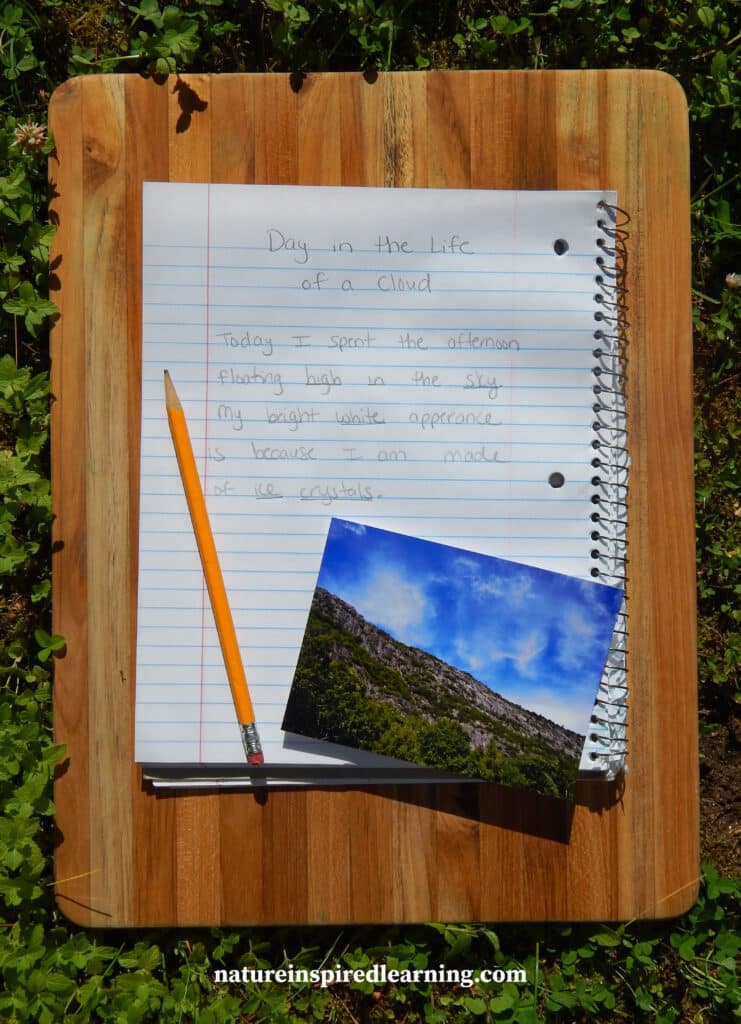
Using the photograph, kids can write a day in the life of a cloud story. Encourage them to write the story from the point of view of the cloud in the picture.
Depending on the age of the child, will depend on how much science content they include. The charts below can help guide kids of different ages.
Younger Learners
| cloudy | low cloud |
| rain | high cloud |
| sun | water or ice |
| grey clouds | rain clouds |
| blue sky | sunny |
Older Learners
| cumulonimbus clouds | ice crystals |
| cirrus clouds | water droplets |
| stratus clouds | wispy clouds |
| nimbus clouds | high winds |
| nimbostratus clouds | heavy rain |
| low altiude | high altitude |
End of Cloud Unit Summary
After learning about clouds have kids write a summary about what they learned. Summarizing is another critical thinking skill. Summaries are short and give an overview of what they learned.
A great way to prepare to write a summary is to have them create a brainstorm or outline. Then have them write out the summary in words.

Afterwards go through together and have them make it about one paragraph in length. The process of shortening their summary is allowing them to process what they learned as they condense the information.
If you truly understand a topic, then you can break it down into an easy to follow summary. Summarizing instead of just stating facts, practices critical thinking skills. This is one reason why I love integrating summary writing with science.
Resources for Kids
- The Cloud Book by R. Hamblyn: My absolute favorite cloud resource. I always included it in my free choice reading books in my classroom. Information packed, but kids love it due to the large photographs of clouds.

- Peterson's First Guide to Weather and Clouds by V. Schaefer and R. Peterson: A small field guide style resource with images and information. Perfect to bring along outside on an outdoor adventure.
- Water Cycles by DK is Amazing! I only found this book recently and I can not say enough good things about it! Filled with large colorful diagrams- not just about clouds, but it does include the water cycle along with the different types of clouds.
All 3 of these books are wonderful for visual learners!
Free Cloud Graphic Included with Download
Clouds can be broken up into three main types: cumulus, stratus, and cirrus. Scientist also organize clouds by where they can be found in the sky: high, medium, or low.

- Real life photograph of each cloud type
- Divides clouds into 3 groups: High Level Clouds, Mid-Level Clouds, and Low-Level Clouds
- Provides information about the 10 main cloud types:
- High Clouds: cirrus, cirrocumulous, and cirrostratus
- Middle Clouds: altocumulus, altostratus, and nimbostratus
- Low Clouds: cumulus, cumulonimbus, and stratocumulous
Sources

Terms of Use
These printables were created by Nature Inspired Learning and are for personal use only for your home, classroom, or public library. All of these types of clouds free printables are for non-commercial use see full disclosure.


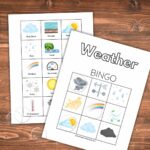
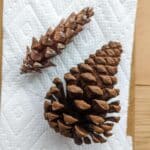
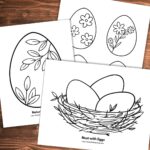
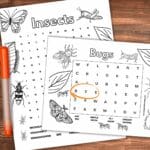
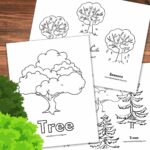
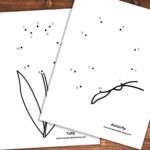
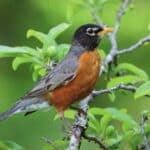
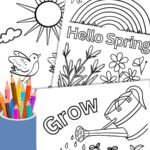
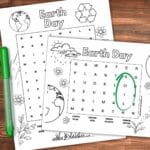
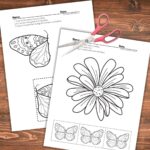
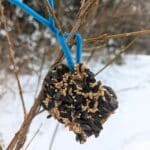




Stephanie
When I was a kid, I loved learning about clouds so I love all of these ideas! I especially love the cloud journal (and doing it with watercolor!). I also had never heard of the cloud book so I will be checking that out..always love your book recommendations!
Shabria
Thanks for this!!!
Julie
You are very welcome!
Melanie
Thank you for this! Great resource!!
Julie
You are very welcome Melanie!
Ruth
This post has excellent resources! You were so thorough. I plan to use these for our science in March (weather theme!). Thank you so much.
Julie
Your very welcome Ruth! I hope you and your kids enjoy the activities.
Gwen Gunter
Please send me the "Types of Clouds" printables.
Thank you,
Gwen
Julie
Dear Gwen,
If you fill out the email optin form above the printables will be sent right to your inbox.
Best,
Julie
Heidi Eskeli
Thank you so much! This looks great!
Julie
You're very welcome Heidi!
Linda
Thank you!
Julie
You're welcome!
liz hines
thank you
Julie
You're welcome Liz
kristina
Thank you so much!
Julie
You're Welcome!
Krista
Thanks 🙂
Julie
You're very welcome Krista
Elizabeth Moller
Wonderful resources!
Julie
Thank you Elizabeth! Enjoy the activities